Editing 101: Perfecting Exposure in Post-Processing
Education
By Denise Langenegger - Instasize
Photography speaks the language we all understand. It is a powerful tool for conveying the message and evoking a wide range of emotions in people.
For over a century, marketers have been using photography to tell a story and create a deeper bond between brands and consumers.
So, how do you make photography a powerful medium for storytelling? We’ve teamed up with one of the top advertising agencies to try and answer this question for you.

It’s not all about catchy color patterns, photo filters, or expensive cameras. Sometimes the simplest solutions can work best.
One of the best ways to connect with your audience is to incorporate familiar everyday moments in your photography. Moments like mother and daughter cooking in the kitchen, commuting to work, etc., evoke well-known feelings in people.
These captured micro-moments are telling a universal and relatable story and your audience will remember them with ease. And a memorable ad is the best ad.
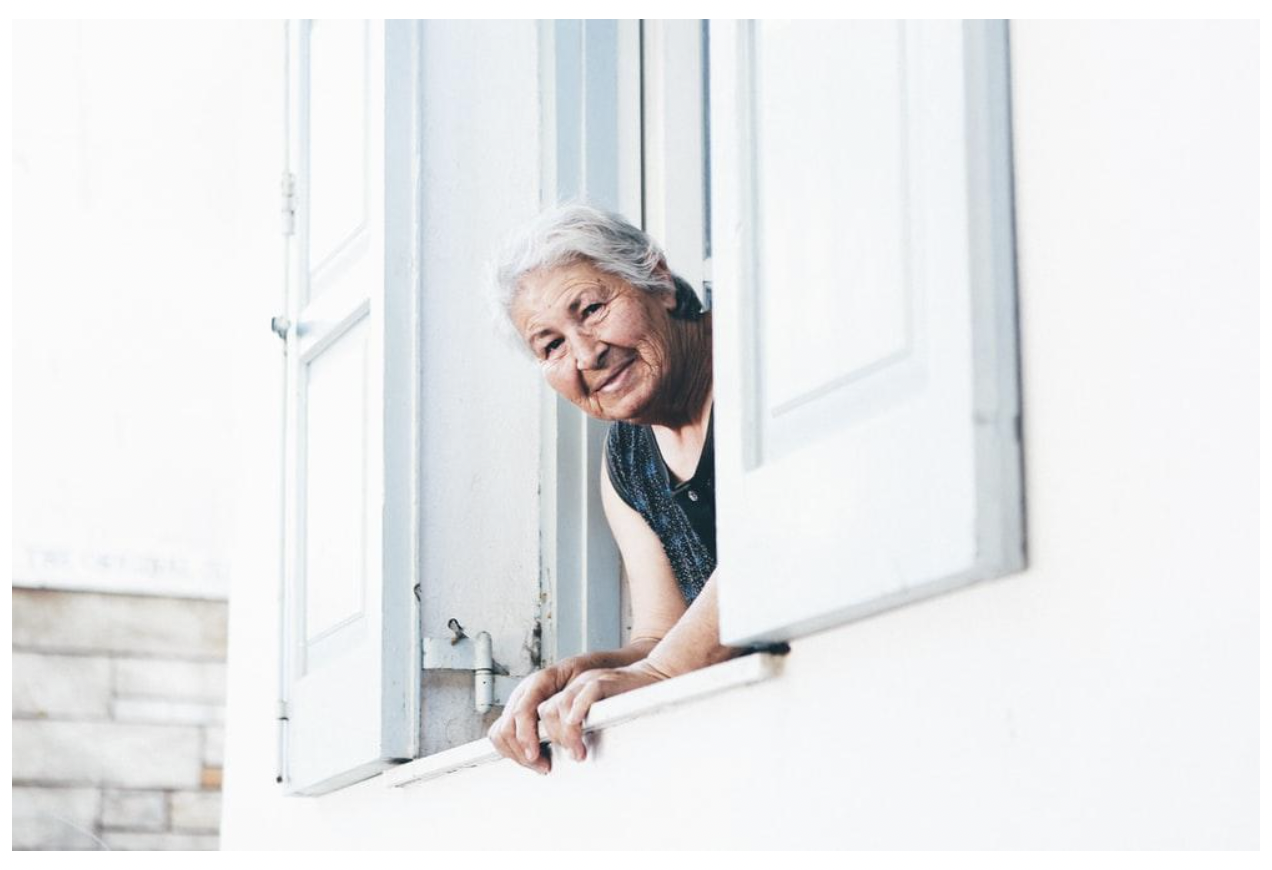
One survey in the UK showed that around 66% of people want to see or hear stories involving regular people, while only 19% of people prefer celebrities for storytelling.
This goes to prove that consumers identify more with people who are like themselves. Real-life people photography offers more authentic storytelling as opposed to actors portraying everyday people.
This photography storytelling approach will give the means for the consumers to imagine the item vividly in their own hands.
To tell the whole story, create a series of micro-moments that will evoke a wider narrative.
For example, if you want to advertise a food product, photograph people while they are preparing ingredients and enjoying the finished meal together.
To make photos even more relatable, include the people in the background who are engaging in casual activities, such as playing a video game, chatting with friends, etc.
This approach will emit relaxed, friendly energy to the consumers, making them relate to their own casual days spent at home with their friends.
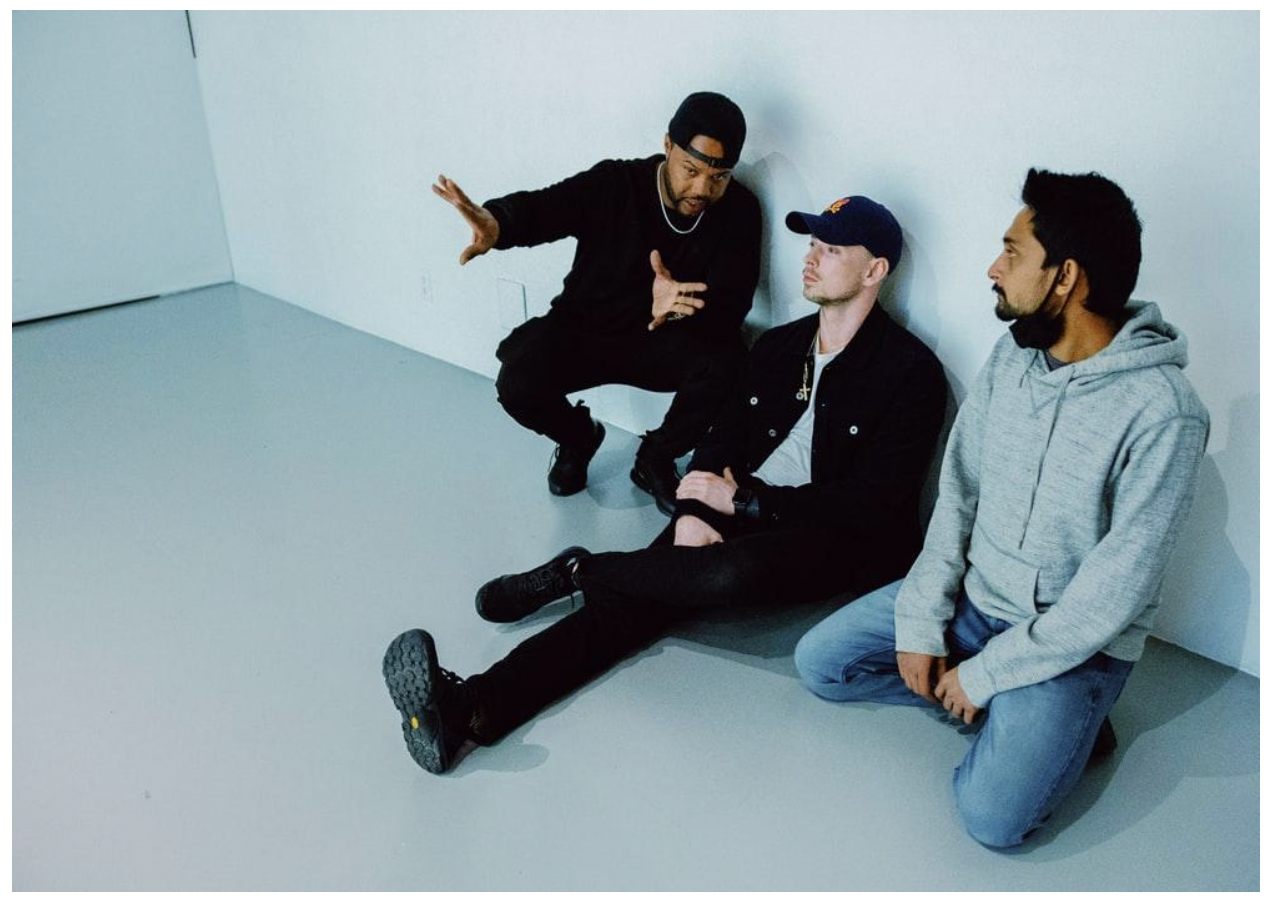
Many brands share their behind-the-scenes moments on social media to create a more personal connection with their consumers.
Rigid, conventional poses might come across as unnatural to the consumers. Including behind-the-scenes moments is a great way of overcoming this issue as you create spontaneous photographs that capture natural human emotions.
This will make your consumers feel like they are part of the process and make them relate to your products or services more.
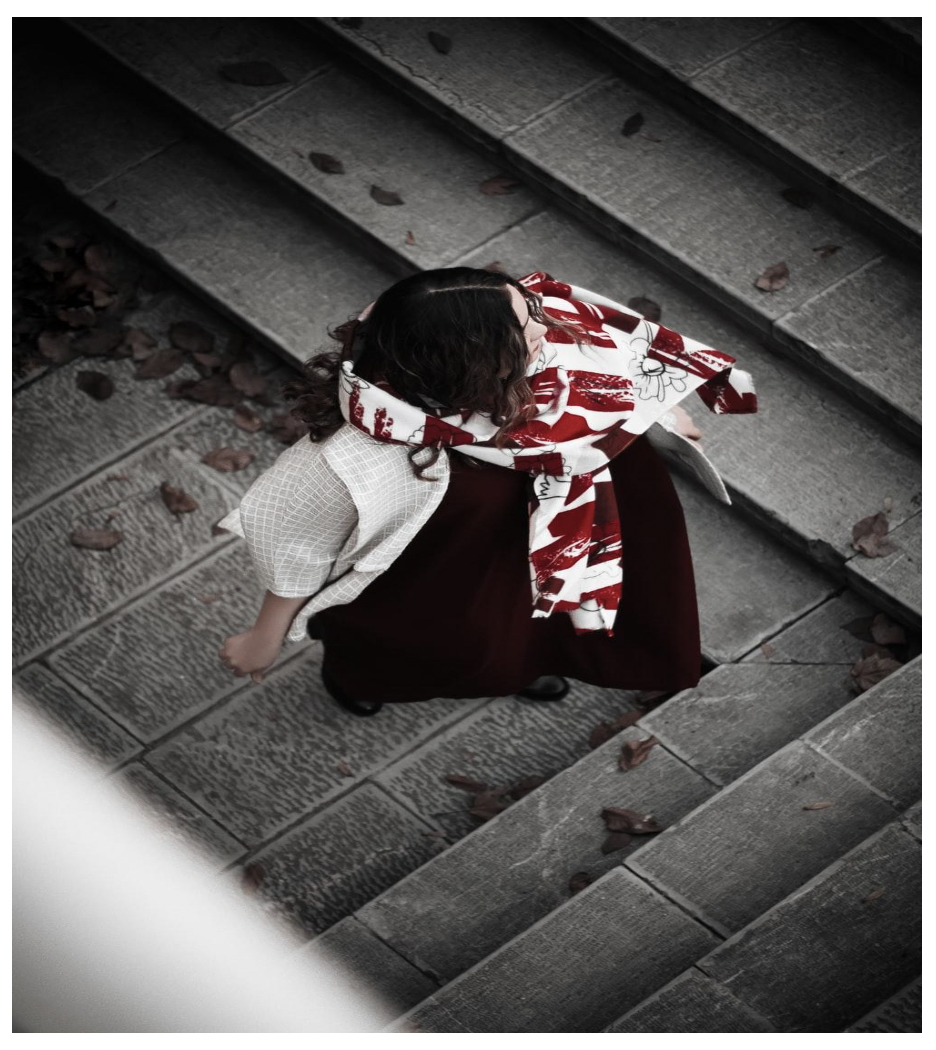
Many photography styles can be used for storytelling. You can use landscape to create a new world, portraits to develop characters, documentary style to depict your narrative, etc.
You don’t have to pick one and stick with it, you can use multiple styles to change the perspective of the story, from picture to picture.
Get Narrative Select Free on macOS & Windows. No credit card required.
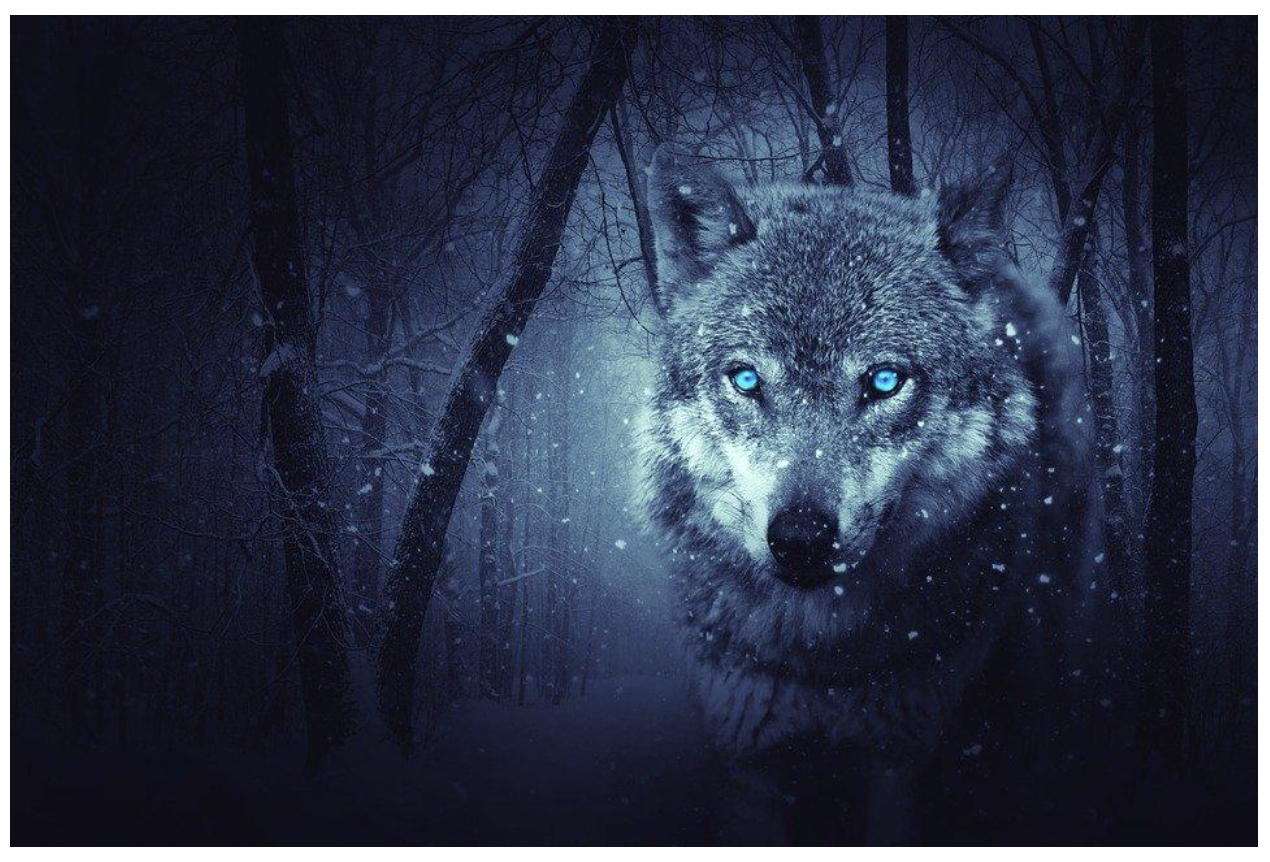
Symbols can be a great addition to storytelling photography. They can evoke strong emotions and help lead your audience in the desired direction.
For example, wolves suggest wisdom, mystery, and endurance. Tigres have a connotation of strength, courage, and determination. Doves symbolize peace and innocence, and so on.
Even everyday objects can be used to symbolize different things. For example, an image of the open door will give us the feeling of freedom and new opportunities.
Another important element for setting the emotional tone for storytelling photography is the weather. A sunny day is happiness, rain is sadness, and the storm depicts trouble.
Using objects, animals, shapes, or themes as symbols for photography storytelling can help you send a specific message to your audience.
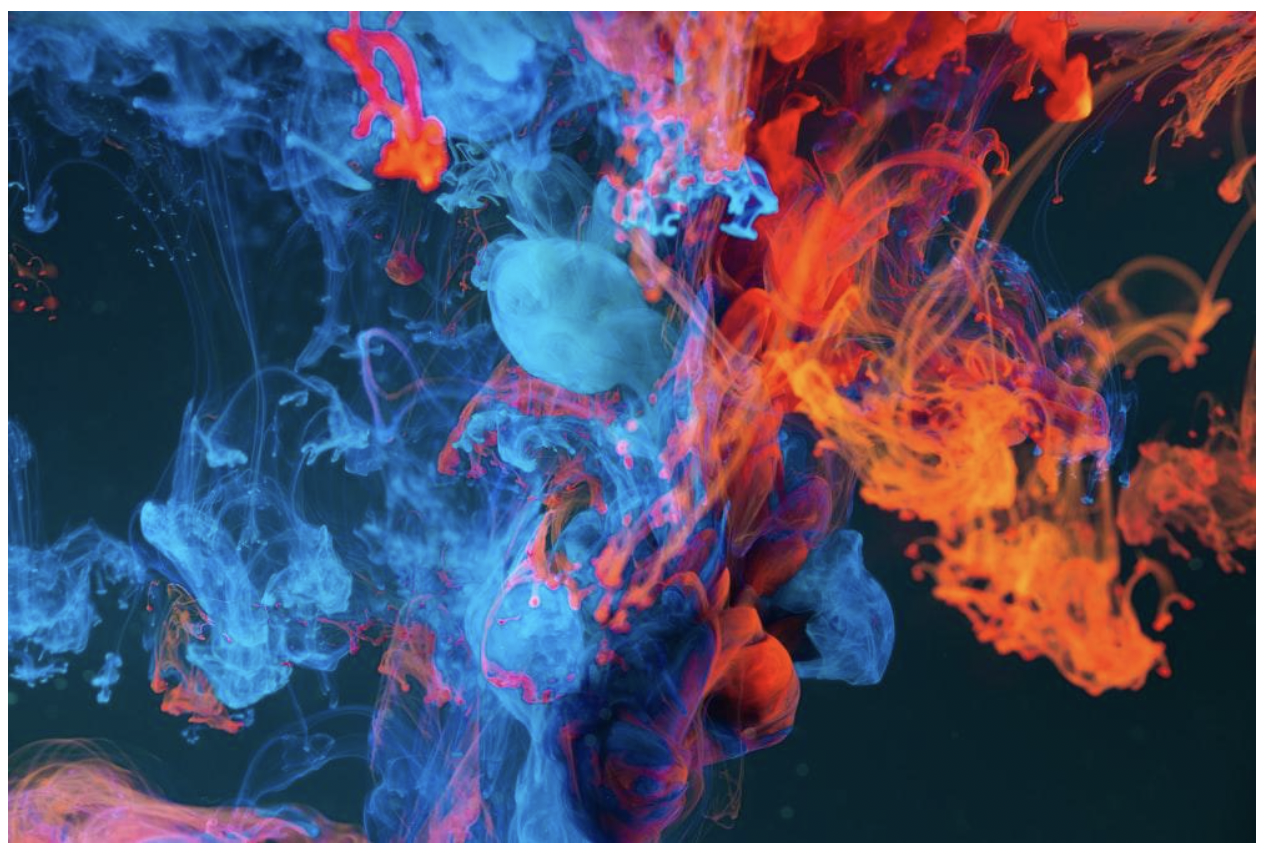
Picture an image of a group of friends having a fun night out in a club. What colors do you see? Now imagine the same scene but knowing that something bad is about to happen? Are you still seeing the same colors? Probably not.
This is because we associate different colors with different emotions. For example, red represents power, anger, lust, or love. Yellow conveys the feeling of happiness, betrayal, or jealousy. Blue can represent both cold and warmth depending on the context, etc.
The right color choice helps you structure your story better and have more control over your audience’s emotions.
When you engage in structuring your narrative, you are deciding on how the story is going to unfold. Ask yourself the following questions:
In photography, the narrative is the idea of the context. For your audience to understand the context, you need to structure your narrative.
Composition is a very important piece of the photography storytelling puzzle as it leads your audience in the right direction.
You can simply use the rule of thirds or explore different viewpoints to see how the same scene will look from different angles.
Try taking different approaches, such as shooting from the ground, shooting from above, shooting from wide angles, etc.
You can make your portraits to be closed up and framed, or add more setting details. You can also make light and dark contrast to guide your audience’s attention to the desired place.
When it comes to composition in storytelling photography, you need to give your audience enough information to make them intrigued.
The power of storytelling in photography for advertising lies in human emotions and imagination. We will always be drawn to beautiful and intriguing images. This is why photos are still used as one of the most important marketing tools.
“A picture is worth a thousand words,” and you need to make these words tell your story.